VATICAN CITY, May 08 (V7N) - Cardinals prepared for further voting on Thursday to elect the next leader of the Catholic Church, following a second emission of black smoke from the Sistine Chapel chimney. This indicated that the second round of ballots had also failed to produce a pope.
The 133 cardinals commenced their secretive conclave within the 15th-century Sistine Chapel on Wednesday afternoon, their task being to find a successor to Pope Francis, who led the world's 1.4 billion Catholics.
Since the beginning of the conclave, two plumes of black smoke have been released, the latest at Thursday lunchtime. This centuries-old signal informs the world that no candidate has yet secured the necessary two-thirds majority to be elected pontiff.
While the entire ritual unfolds behind closed doors, the red-robed cardinals were scheduled to hold two voting sessions on Thursday afternoon, following lunch at the Santa Marta guesthouse where they are residing.
Bound by an oath of secrecy, the cardinals' sole means of communicating the outcome of their deliberations is through the smoke emitted from the chapel chimney. Black smoke signifies no decision, while white smoke announces the election of a new pope.
In St Peter's Square, thousands of Catholics and curious tourists gathered to observe the proceedings. While some expressed disappointment at the continued black smoke, others conveyed their willingness to wait for the cardinals to reach a decision.
Emmanuel Quiros Chavarria, a 34-year-old Costa Rican priest studying in Rome, told AFP that the absence of a swift decision was a positive sign, indicating the cardinals were not rushing, even though he hoped to see white smoke on Thursday afternoon. "The most important thing is that the elected pope is a man of unity and balance," he stated.
On Wednesday, the first day of the conclave, the initial black smoke appeared approximately three hours and 15 minutes after the cardinals entered and closed the doors of the Sistine Chapel.
If the two voting sessions scheduled for Thursday afternoon do not yield a pope, the voting process will continue on Friday and will persist until a consensus is reached. In 2005, Pope Benedict XVI was elected after four ballots over two days, and Pope Francis was elected in 2013 after five ballots over two days.
Barbara Mason, 50, who travelled from Canada for the conclave, expressed her patience, saying, "I don't want it rushed -- whatever they need to do to make the right decision."
A key consideration for the cardinals is whether to choose a successor who mirrors the qualities of Pope Francis – known for his advocacy for the poor, migrants, and marginalized – or someone who will prioritize the defense of Church doctrine. The charismatic Argentine reformer passed away on April 21 at the age of 88.
Augustin, a French pilgrim who declined to give his full name, told AFP, "I'd like someone moderately conservative. The church needs unity and strong values." The 24-year-old arrived at the Vatican on foot after a journey from a Tuscan monastery.
However, US tourist Colter Sikora voiced his concern that the faith could become "smaller or more niche" despite its responsibility "for serving a lot of people." The 37-year-old added, "You want somebody who's holy, but has, like Francis, a little bit of charisma, somebody that you look up to and want to follow as a leader."
During the voting within the Sistine Chapel, the cardinal electors, all those under 80 years of age, are seated at tables arranged beneath Michelangelo's renowned frescoes. Each cardinal writes their choice for pope on a ballot paper and carries it to the altar, where it is placed in a silver urn. After the ballots are counted, they are burned in a cast iron stove dating back to 1939. Chemicals are added to a second, newer stove connected to the same flue to produce the colored smoke.
While the cardinals' procession into the Sistine Chapel on Wednesday was broadcast live by the Vatican, including on screens in St Peter's Square, the live feed was cut as soon as the doors were locked. The cardinals, who are required to leave their phones behind, took an oath on Wednesday not to reveal any secrets of the conclave, under the penalty of excommunication.
The 2025 conclave is the largest and most international in history, with cardinals assembled from approximately 70 countries. There is no clear frontrunner to succeed Francis, and the cardinals represent a diverse range of progressive and conservative viewpoints within the Church.
The institution, with its 2,000-year history, faces significant challenges. The new pope will need to navigate geopolitical uncertainty, address deep divisions within the Church – many of which have been amplified by Francis's reforms – and contend with the ongoing repercussions of the global clerical sex abuse scandal and declining church attendance in the West.
Around 80 percent of the cardinals participating in the vote were appointed by Francis. More than a dozen names have been mentioned as potential candidates, including Italian Pierbattista Pizzaballa, Hungary's Peter Erdo, the Philippines' Luis Antonio Tagle, and Sri Lanka's Malcolm Ranjith.
Juan Benitez, a 37-year-old Colombian, observed, "The church has many divisions between liberals and conservatives, which are divisions that should not be, because I believe that the Church is universal."
END/WD/RH/



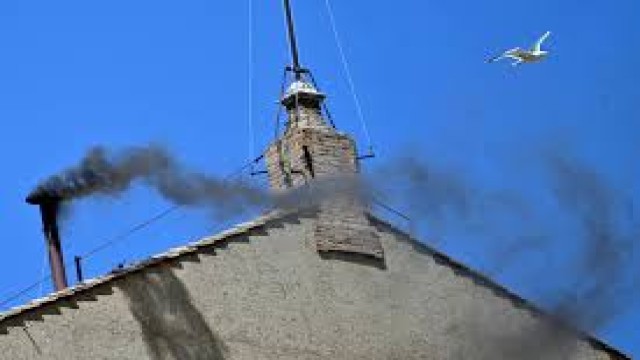
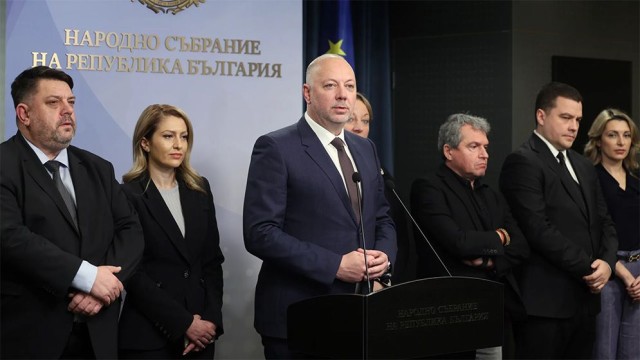
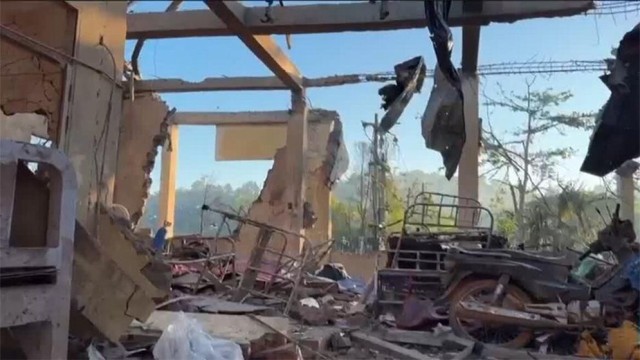
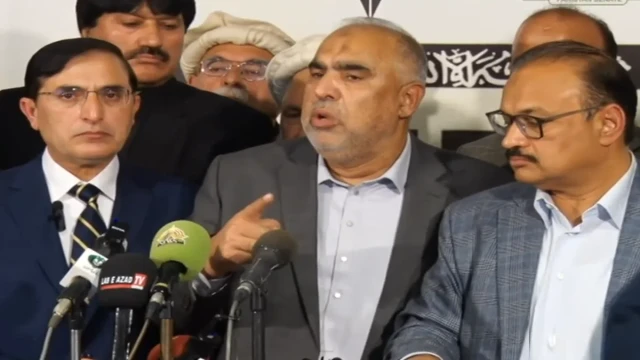
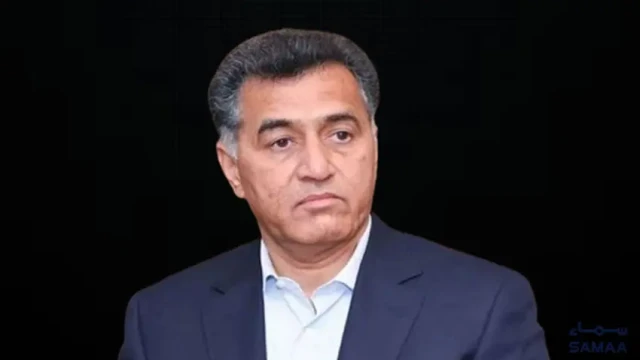
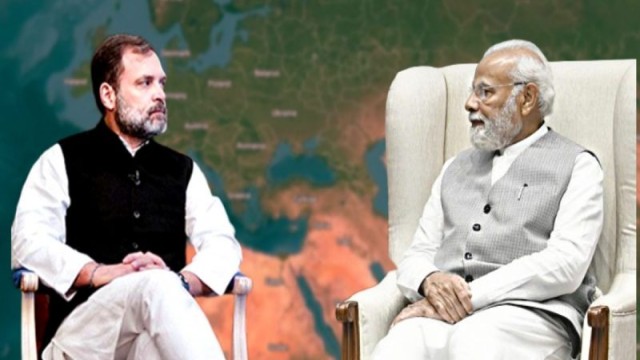
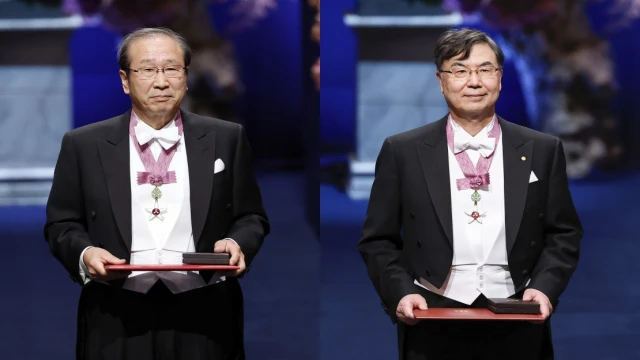
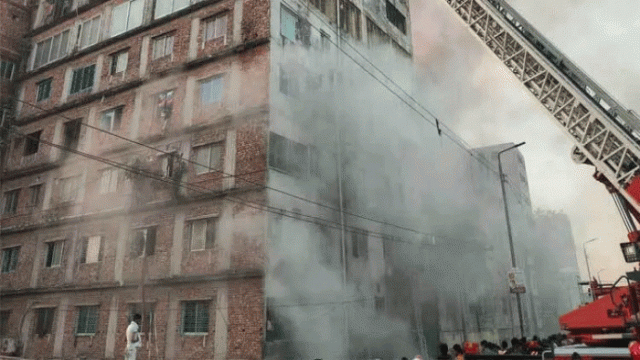
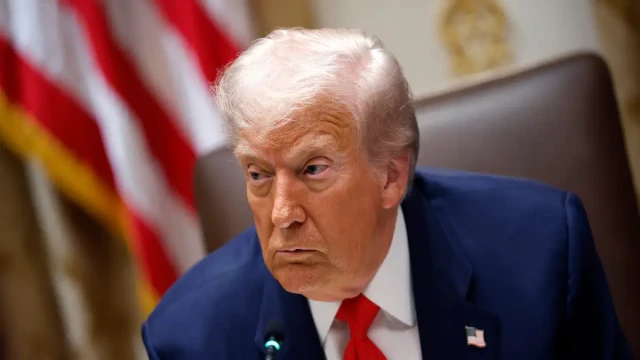
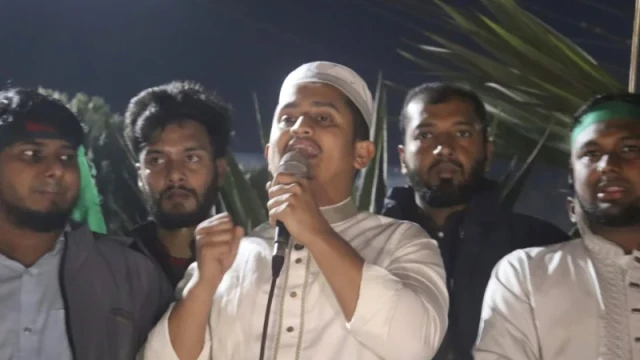
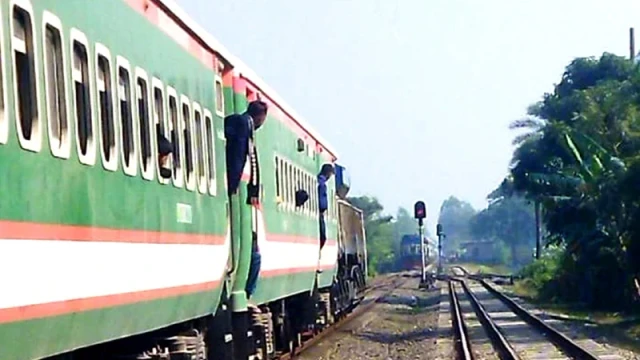
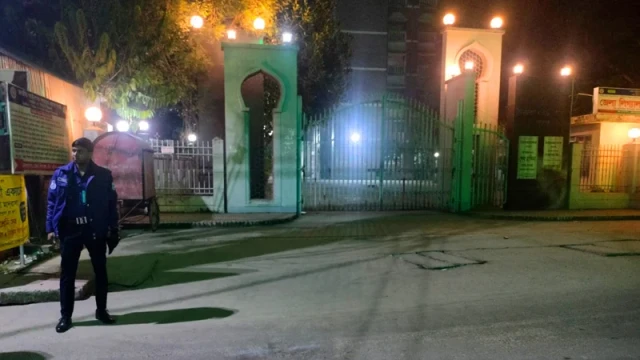
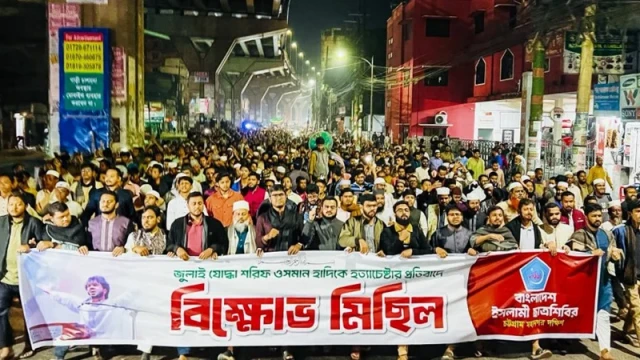
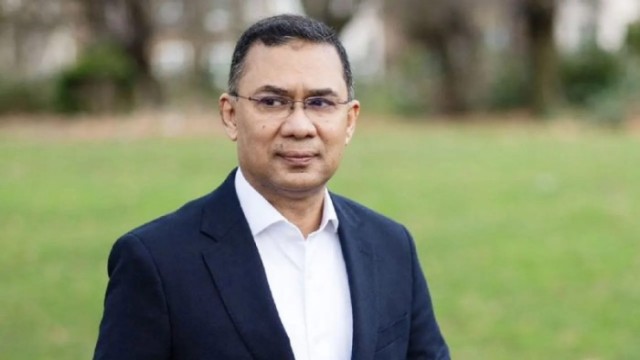
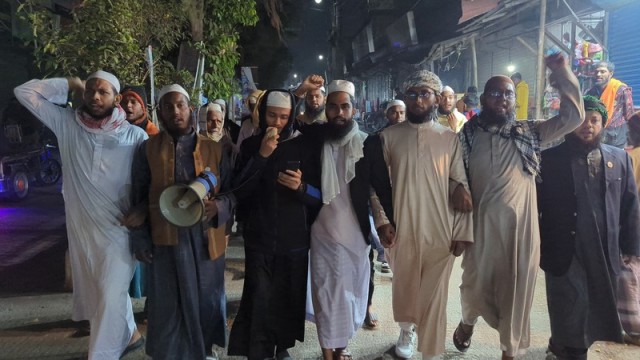
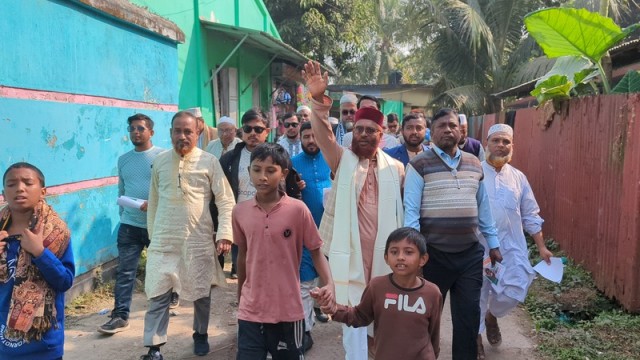
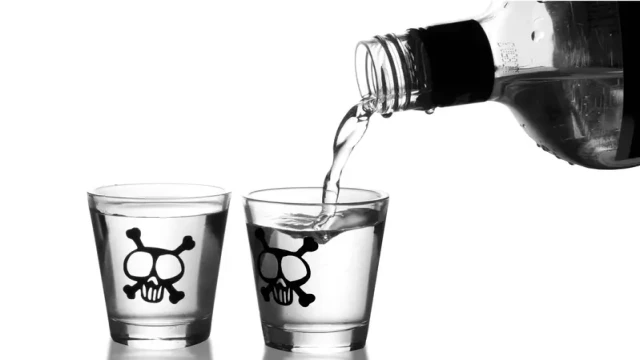


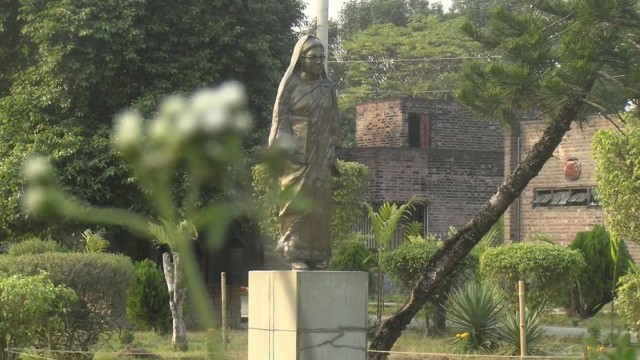
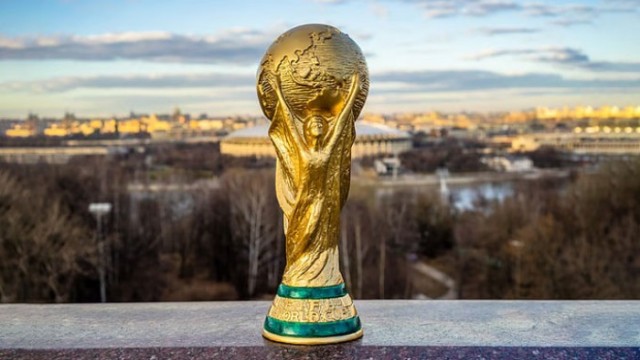
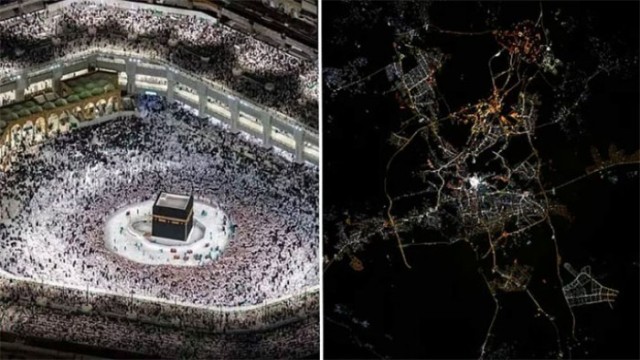
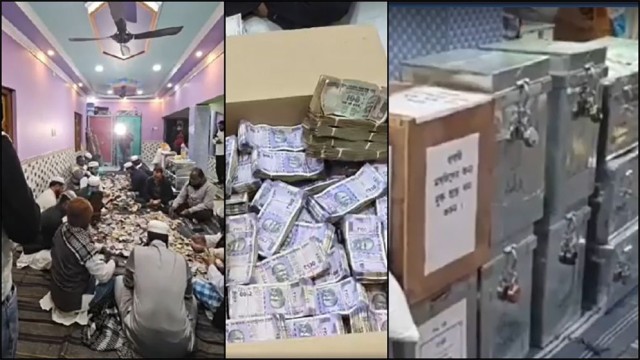
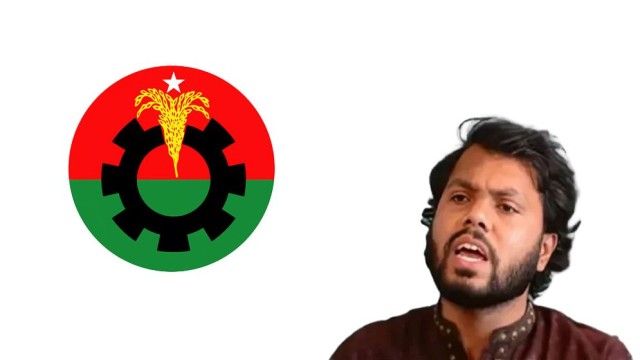
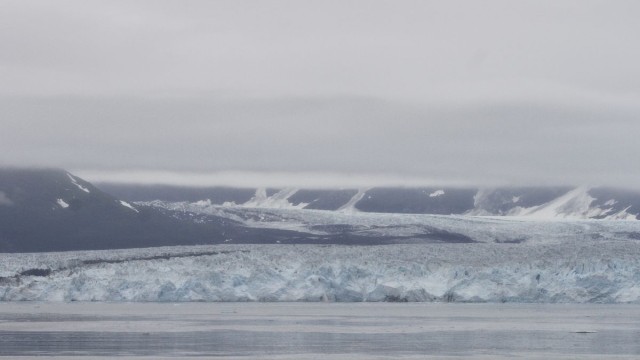
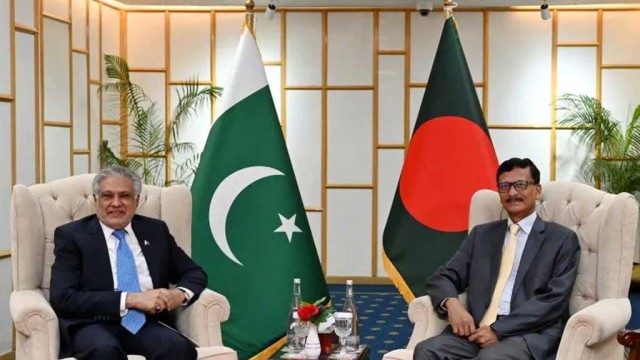
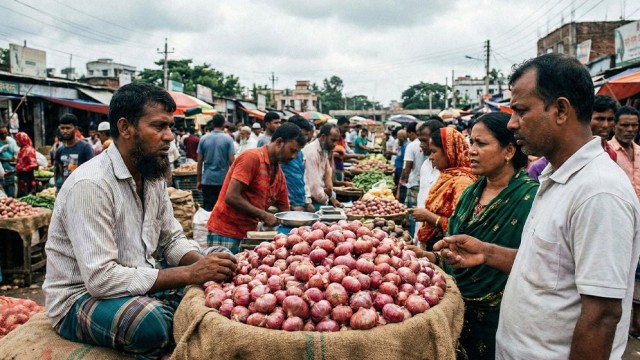
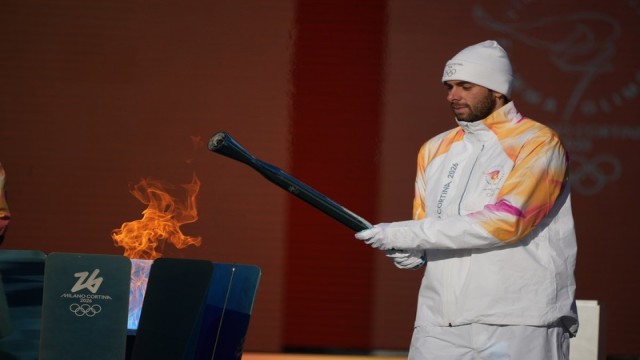
Comment: